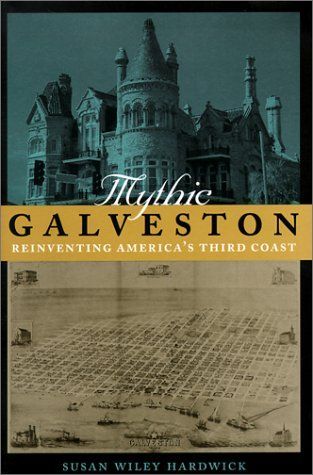
Mythic Galveston Reinventing America's Third Coast
Despite its appeal as a natural harbor, Galveston, Texas, is located on a small Gulf Coast barrier island that makes it ill-suited for dense urban development. Early American and European settlers envisioned Galveston harbor as a place with tremendous economic potential, appropriate for urban expansion. In Mythic Galveston: Reinventing America's Third Coast, Susan Wiley Hardwick examines Galveston's rapid rise and the myth created by immigrants and boosters to promote the vision of an abundant island with a highly temperate, even tropical, climate, ideal for settlement. Hardwick's historical analysis focuses on immigrant settlement patterns and the important contributions to Galveston's evolving sense of place made by diverse ethnic and racial groups. As the Ellis Island of the Third Coast, Galveston served as a major gateway for immigrants heading for the Great Plains, the West, and other parts of North America during the latter part of the nineteenth century and into the early part of the twentieth century. Galveston's reputation as an ethnically diverse and cosmopolitan city fostered a myth of racial, ethnic, and socioeconomic harmony. Although such harmony was largely illusory, Hardwick argues that Galveston was a truly global city from the earliest days of settlement, giving it a social ambience distinct from that of the mainland. Mythic Galveston vividly illustrates how a place especially vulnerable to the forces of nature has grown into a culturally vibrant city within America's Third Coast.